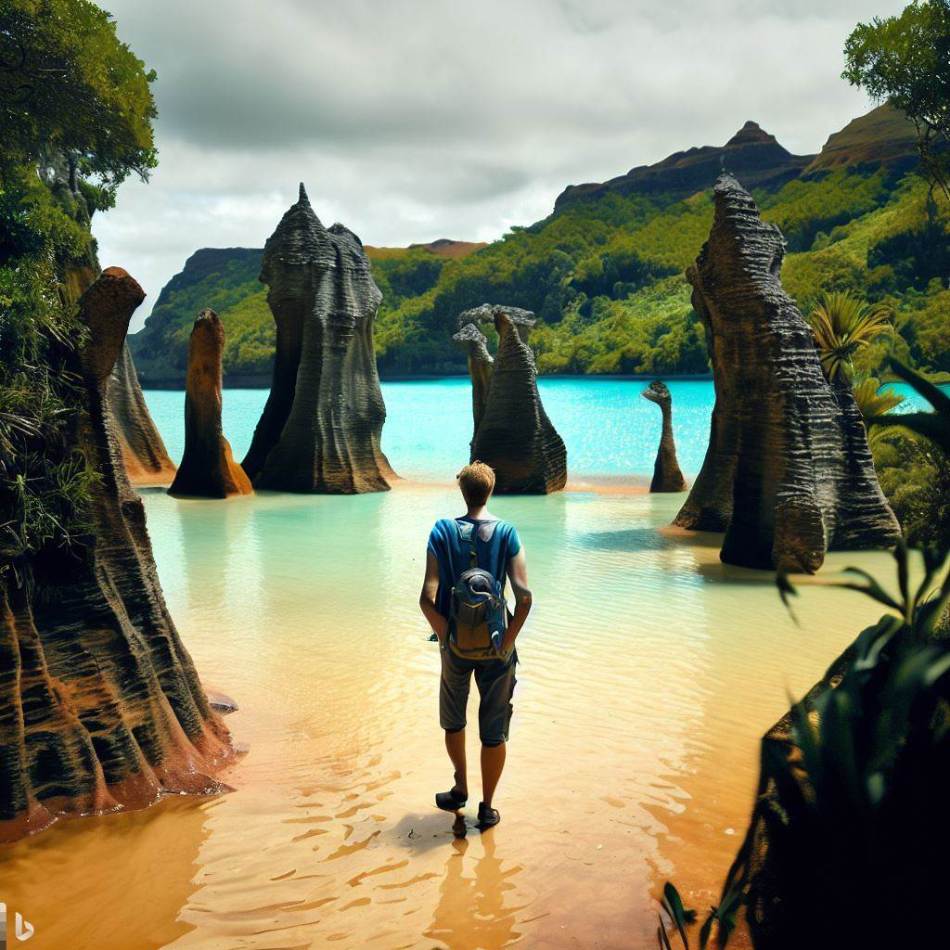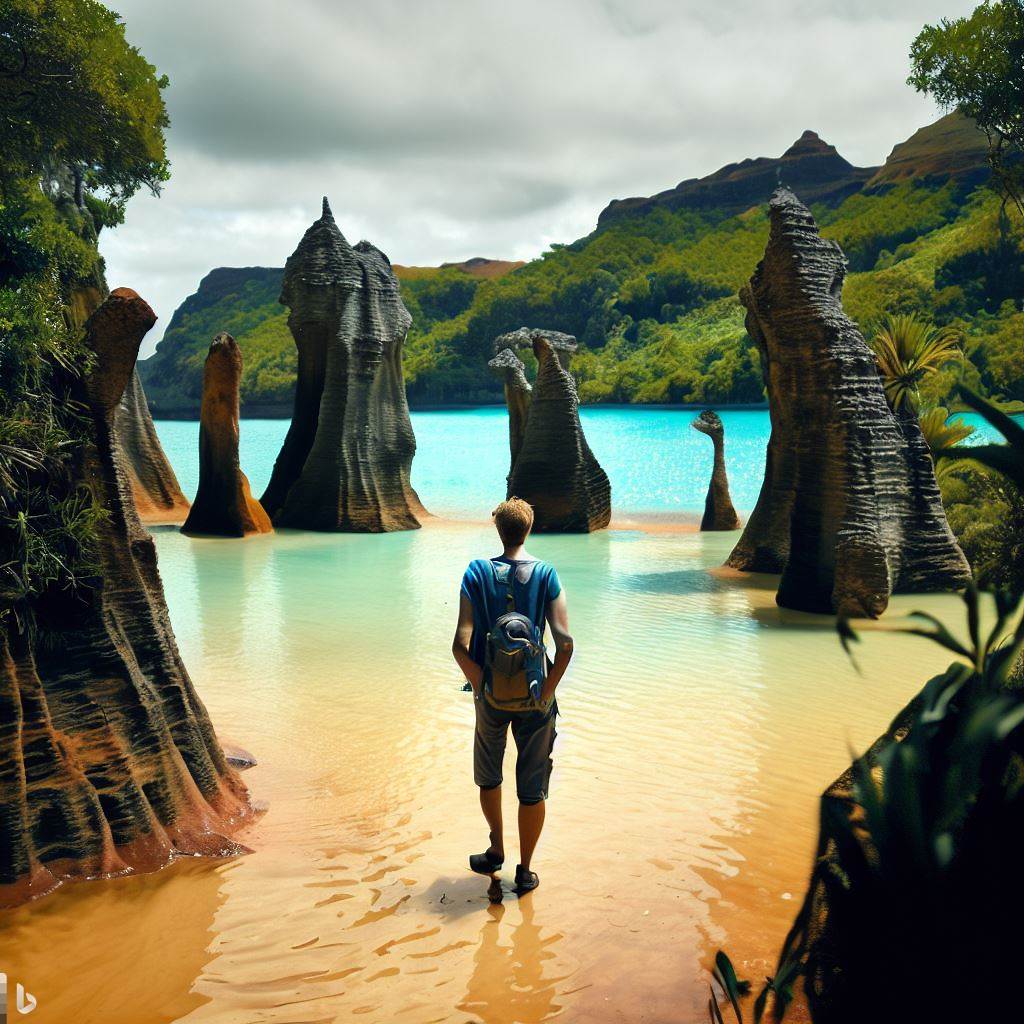Welcome to Video Geek Sparrow, where we embark on a journey of knowledge and exploration. In today’s audio book, we invite you to discover the enchanting world of Madagascar. Sit back, relax, and let your imagination soar as we unveil 15 fascinating facts about this captivating country.
Location
Madagascar, known as the “Eighth Continent,” is an island nation located off the eastern coast of Africa in the Indian Ocean. It is the world’s fourth-largest island and a true paradise for nature enthusiasts. The island’s isolation led to the evolution of unique flora and fauna found nowhere else on Earth. More than 90{661308ef58b51e40ca7d10127a7876131bc2a1495d8a349fd60eb1495b05b132} of Madagascar’s wildlife is endemic, including lemurs, chameleons, and the iconic baobab trees.
Flora and Fauna
Madagascar is home to over 100 species of lemurs, making it the only place on Earth where these fascinating primates exist in the wild. From the charismatic ring-tailed lemurs to the elusive aye-ayes, lemurs showcase the island’s incredible biodiversity. The island boasts an impressive array of plant species, with over 11,000 identified so far. The Avenue of the Baobabs, a famous natural monument, features majestic baobab trees that can live up to 800 years.
History and Culture
Madagascar’s history is a tapestry woven by various civilizations. It was initially settled by Austronesian seafarers around 2000 years ago, followed by waves of migration from Africa, Arabia, and Europe. The island experienced a significant influence from Arab traders, who established trading posts along the coast. This contact influenced the island’s language, culture, and even the introduction of crops such as rice. In the 18th century, Madagascar was a thriving kingdom known as the Malagasy Empire. Its legendary queen, Ranavalona I, fiercely resisted European colonization and preserved the country’s independence.
Natural Wonders
Madagascar is a treasure trove of natural wonders. Its national parks, such as Andasibe-Mantadia and Isalo, offer breathtaking landscapes, lush rainforests, and an opportunity to witness endemic wildlife up close. The Tsingy de Bemaraha National Park, a UNESCO World Heritage Site, features stunning limestone formations resembling a stone forest. These otherworldly structures are a testament to Madagascar’s geological wonders.
Modern Madagascar
Today, Madagascar faces both challenges and opportunities. The country embraces ecotourism, allowing visitors to experience its unique wildlife while supporting conservation efforts and sustainable development. The Malagasy people have a rich cultural heritage, with unique traditions, music, and dance. The famous Valiha, a bamboo tube zither, and the energetic salegy music are cherished symbols of Madagascar’s vibrant culture.
Environmental Conservation
Madagascar’s diverse ecosystems face threats from deforestation and habitat loss. Conservation organizations and local communities work tirelessly to protect these fragile habitats and promote sustainable practices. The island’s marine biodiversity is equally astounding, with vibrant coral reefs and marine life. The protection of marine reserves, such as the Nosy Be Archipelago, is vital for the preservation of Madagascar’s coastal ecosystems.
Enduring Beauty
The enchanting landscapes of Madagascar have captivated the film industry. The island served as the backdrop for movies like “Madagascar” and “Island of Lemurs: Madagascar,” bringing its unique wildlife to global audiences. However, Madagascar’s allure extends beyond its natural wonders. Its warm and welcoming people, delicious cuisine, and colorful markets create an immersive experience that leaves a lasting impression on every visitor.

Conclusion
As we conclude our audio book journey through Madagascar, we hope you’ve been inspired to explore this extraordinary country. From its incredible biodiversity and rich cultural heritage to its stunning landscapes and enduring beauty, Madagascar truly offers a world of wonders.
Thank you for joining us on this audio book adventure with Video Geek Sparrow. Stay curious, keep exploring, and we’ll see you in the next chapter of knowledge and discovery.

